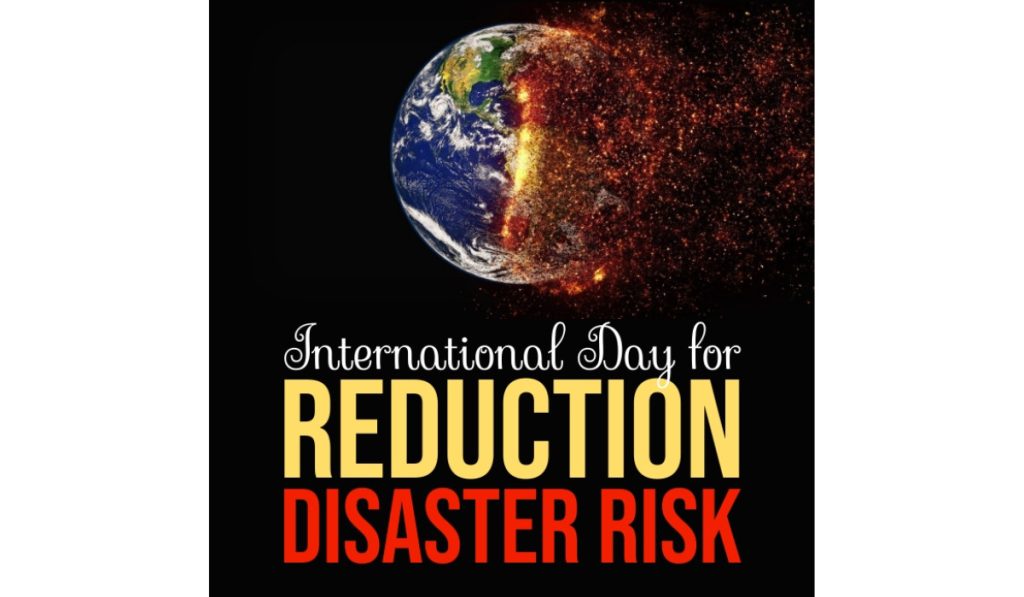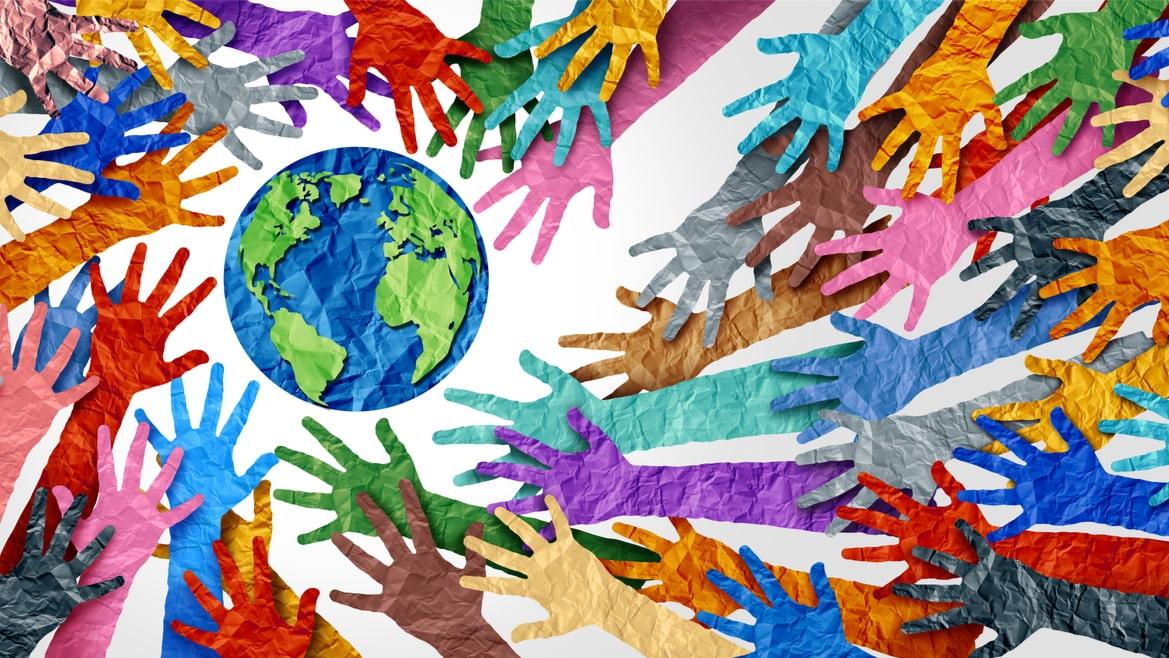The International Day for Disaster Risk Reduction is observed on October 13th every year to raise awareness about the importance of reducing disaster risks and building resilience in communities. This day serves as a reminder of the need for proactive measures to mitigate the impact of disasters, both natural and human-made. It encourages governments, organizations, and individuals to work together to create safer and more resilient societies, thereby safeguarding lives and property. The theme for the day changes annually and focuses on various aspects of disaster risk reduction. It serves as a platform for sharing knowledge, experiences, and best practices in disaster risk reduction efforts worldwide.
Natural and man-made disasters have become increasingly common in today’s world, posing significant threats to human lives, property, and the environment. These disasters can strike with little warning, causing immense suffering and economic losses. To mitigate the impact of such calamities, the concept of Disaster Risk Reduction (DRR) has gained significant attention. DRR is an essential framework that aims to minimize vulnerabilities, enhance preparedness, and promote resilience to reduce the adverse effects of disasters.
Understanding Disaster Risk Reduction
Disaster Risk Reduction is a proactive and systematic approach to reduce the damage caused by disasters. It encompasses various strategies, policies, and practices designed to identify, assess, and reduce the risk of disasters. These risks can include natural disasters such as earthquakes, floods, hurricanes, and wildfires, as well as man-made disasters like industrial accidents, pandemics, and conflict-related crises.
The core principles of DRR include understanding the risk, reducing vulnerabilities, and enhancing the capacity of individuals, communities, and institutions to withstand and recover from disasters. It also emphasizes the importance of disaster preparedness, response, and recovery measures.
Also Read: Guarding Against Online Scams: Protecting Your Digital Security

Key Components of Disaster Risk Reduction
- Risk Assessment: One of the foundational steps in DRR is understanding and assessing the risks. This involves identifying potential hazards and vulnerabilities in a specific area. By mapping out these risks, authorities can develop targeted strategies for reducing them.
- Community Engagement: Engaging with local communities is crucial in DRR. Local knowledge and experiences are invaluable in identifying risks and developing solutions. Empowering communities to actively participate in disaster preparedness and response efforts enhances overall resilience.
- Infrastructure Resilience: Ensuring that critical infrastructure, such as buildings, roads, and utilities, can withstand disasters is vital. Engineering practices and construction standards should be adopted to make structures more resistant to damage.
- Early Warning Systems: Timely and accurate warnings about impending disasters are essential. Early warning systems can save lives and minimize damage by allowing people to take necessary precautions.
- Education and Training: Raising awareness and providing training on disaster preparedness and response is vital for DRR. Educated communities are better equipped to respond effectively during a crisis.
Benefits of Disaster Risk Reduction
Implementing DRR strategies offers a range of benefits:
- Lives Saved: DRR measures can significantly reduce the number of casualties during disasters by improving preparedness and response.
- Economic Resilience: By reducing the impact of disasters, DRR helps protect local economies and businesses from catastrophic losses.
- Environmental Protection: DRR practices also contribute to environmental protection by reducing pollution, waste, and resource consumption.
- Community Cohesion: DRR fosters community cooperation, as people work together to develop plans and implement safety measures.
Challenges and the Way Forward
Despite its potential benefits, there are several challenges to effective Disaster Risk Reduction. Limited resources, political will, and insufficient awareness are obstacles that must be overcome. Moreover, as climate change continues to exacerbate natural disasters, the need for robust DRR strategies becomes even more critical.
In conclusion, Disaster Risk Reduction is an indispensable component of building resilient communities in the face of mounting global challenges. By implementing comprehensive DRR measures, societies can better protect their citizens, infrastructure, and environment from the destructive forces of disasters. Governments, local authorities, NGOs, and individuals all play a crucial role in working together to make the world a safer place for future generations.
Also Read: ऑपरेशन अजय : इजराइल से वापस लौटा भारतीयों का पहला जत्था











